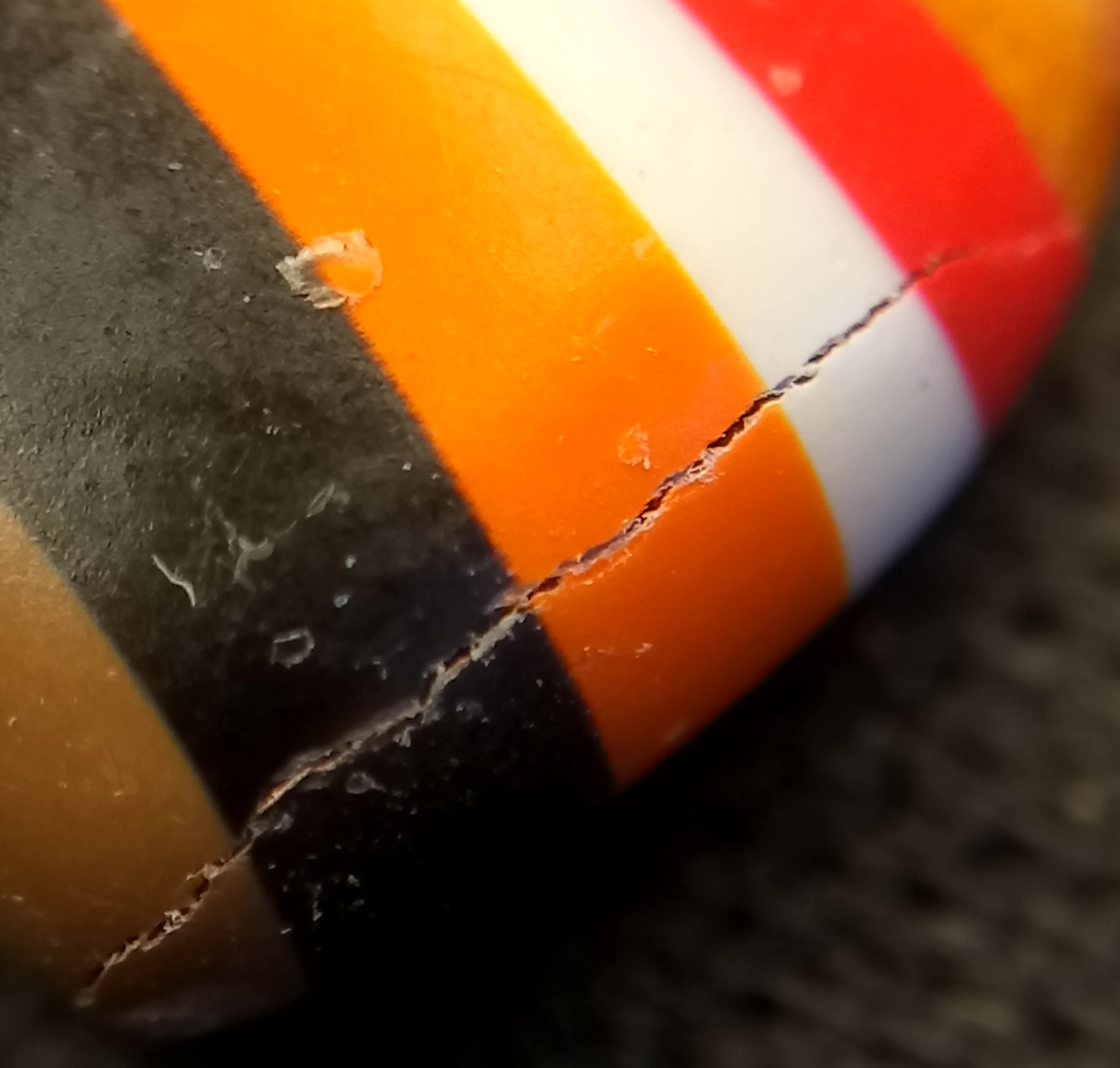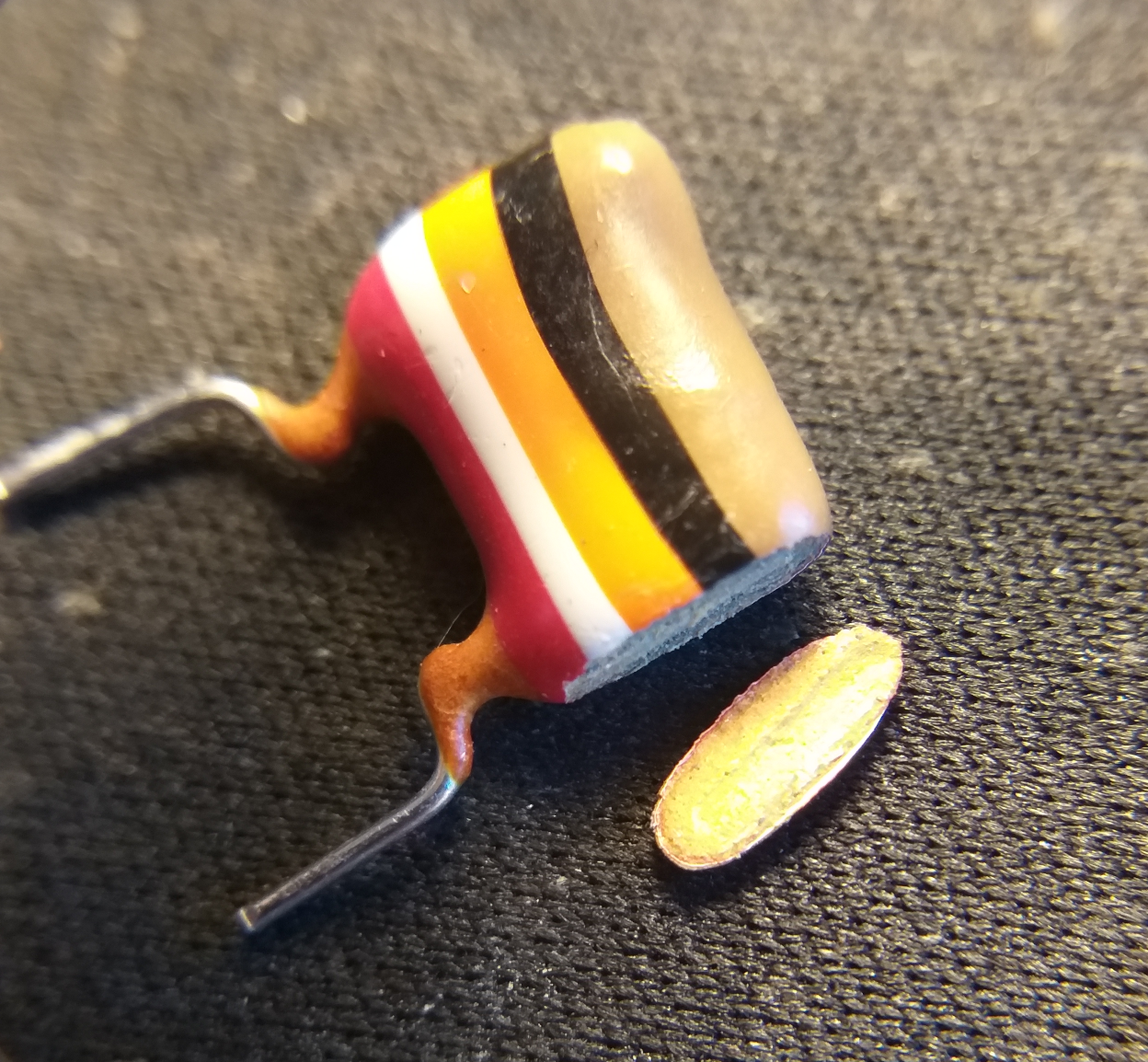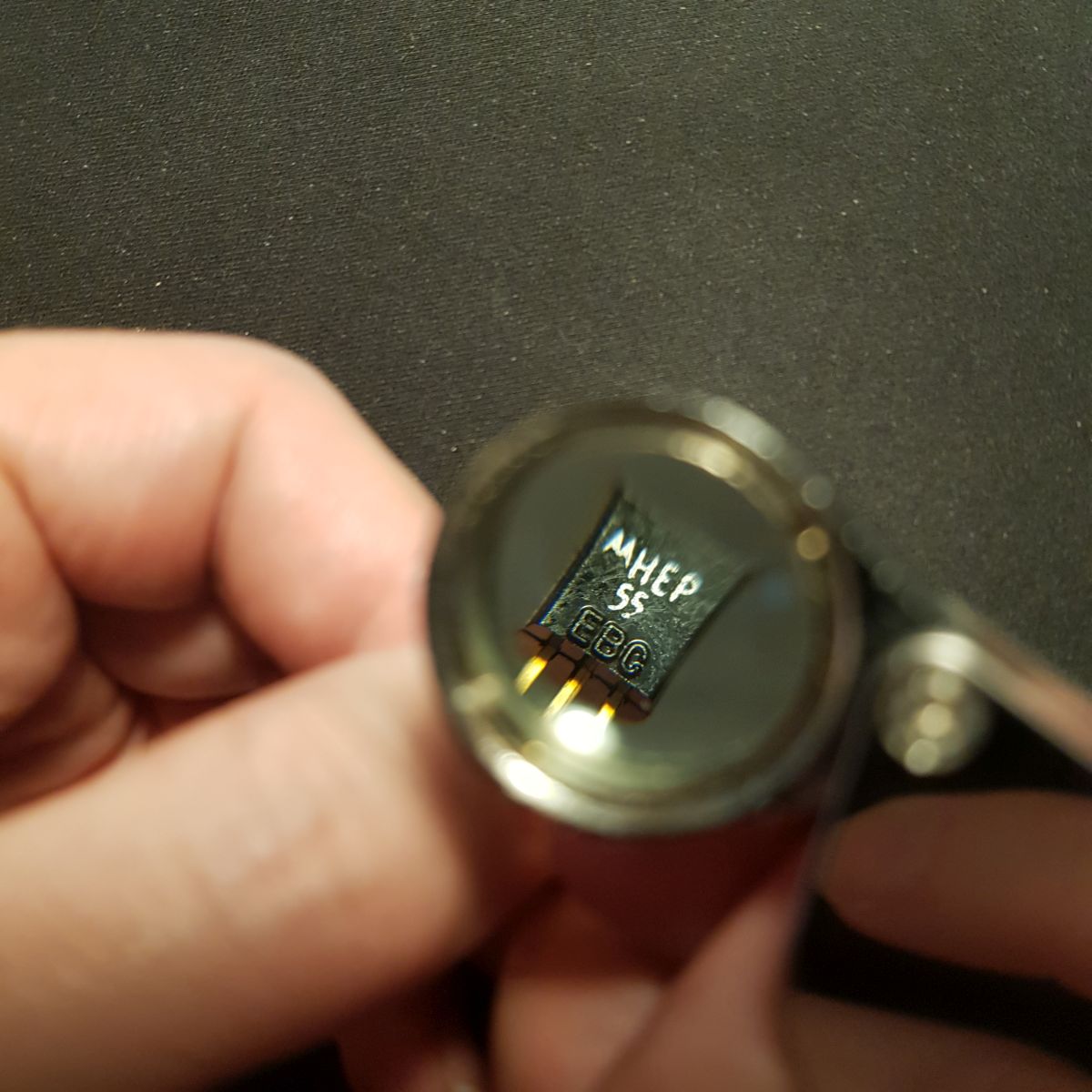Components
This is a slowly increasing collection of short texts about some things I have to say about components. After all every electronic thingamajig is made some of those. And let's not forget that there are few almost religious beliefs about components in effects pedal world. Old is better than new, vintage is still better than that. Expensive must be good, and handmade is a guarantee of quality. Well it is, a guarantee of bad quality. So what is good and what is bad? Let's see.
Tropical Fish Capacitors
Because of aforementioned beliefs, some components enjoy almost cult status and premium price. One of these is the tropical fish capacitor. Also known as Mullard C280 capacitor. These are colorful capacitors, and very eye catching. No wonder people like to see these. However, these capacitors are very poor quality. All are “NOS vintage perfect” as always, but these capacitors do not age well. Their cases will fracture over time and allow moisture to creep into the dielectric, which renders them useless. Look at the picture. It’s magnified ten times, and crack is clearly visible. In addition, sometimes when you bend the lead just slightly, it will crack completely off. It is not “just a crack in the paint”. It never is, even if the ebay seller says so. Avoid these. There's no additional value in bright colors. And if you think there are, just paint your modern polyester capacitors.


Transistor markings
 When did transistor manufacturers decided it's a good thing not to print pinouts on transistors? I mean there are some logic in TO-92 package devices both BC- and 2N-series. But still... BC182L comes to mind. And all the Japanese stuff where collector on center pin is even more common. TO-18 package has a tab indicating emitter, and that's good. Also, some germaniums had a dot or a tab, but then there are Si-transistors. Imagine time before internet. Only place to find pinouts were huge books full of datasheets, called data books. And even a simple hobbyist might need several of those.
When did transistor manufacturers decided it's a good thing not to print pinouts on transistors? I mean there are some logic in TO-92 package devices both BC- and 2N-series. But still... BC182L comes to mind. And all the Japanese stuff where collector on center pin is even more common. TO-18 package has a tab indicating emitter, and that's good. Also, some germaniums had a dot or a tab, but then there are Si-transistors. Imagine time before internet. Only place to find pinouts were huge books full of datasheets, called data books. And even a simple hobbyist might need several of those.
This absolute misery was not the case with Motorola, they did not only print, but emboss the pinouts! Look at the beautiful HEP-55 in the picture. What a wonderful thing. No questions, no datasheets, no problems. That's the pinout right there.
Things are actually getting even worse with SMD components. Since those are small and not really meant to be hand soldered, manufacturers are leaving out markings all together. This has been the case with capacitors, transistors and many other parts for a long time and same is now more and more true with resistors as well. Robots build electronics, and those things don't need any markings on components. Just a barcode on a reel. However, it's humans who has to fix these electrical things. And one more thing: love THT components while they are still here.
